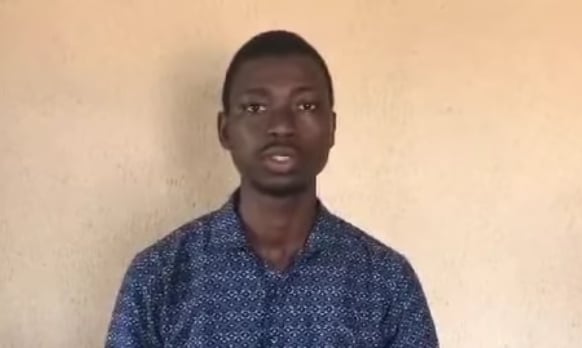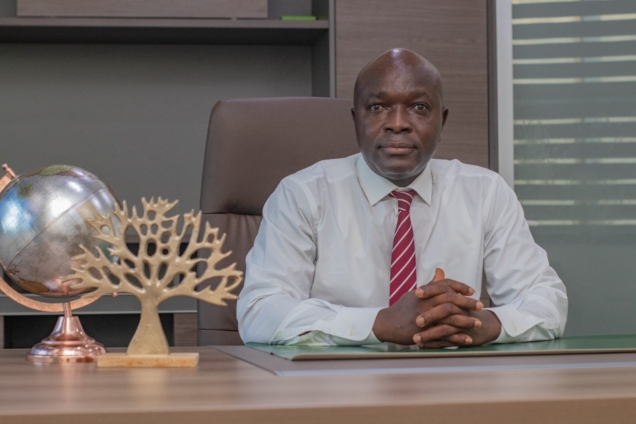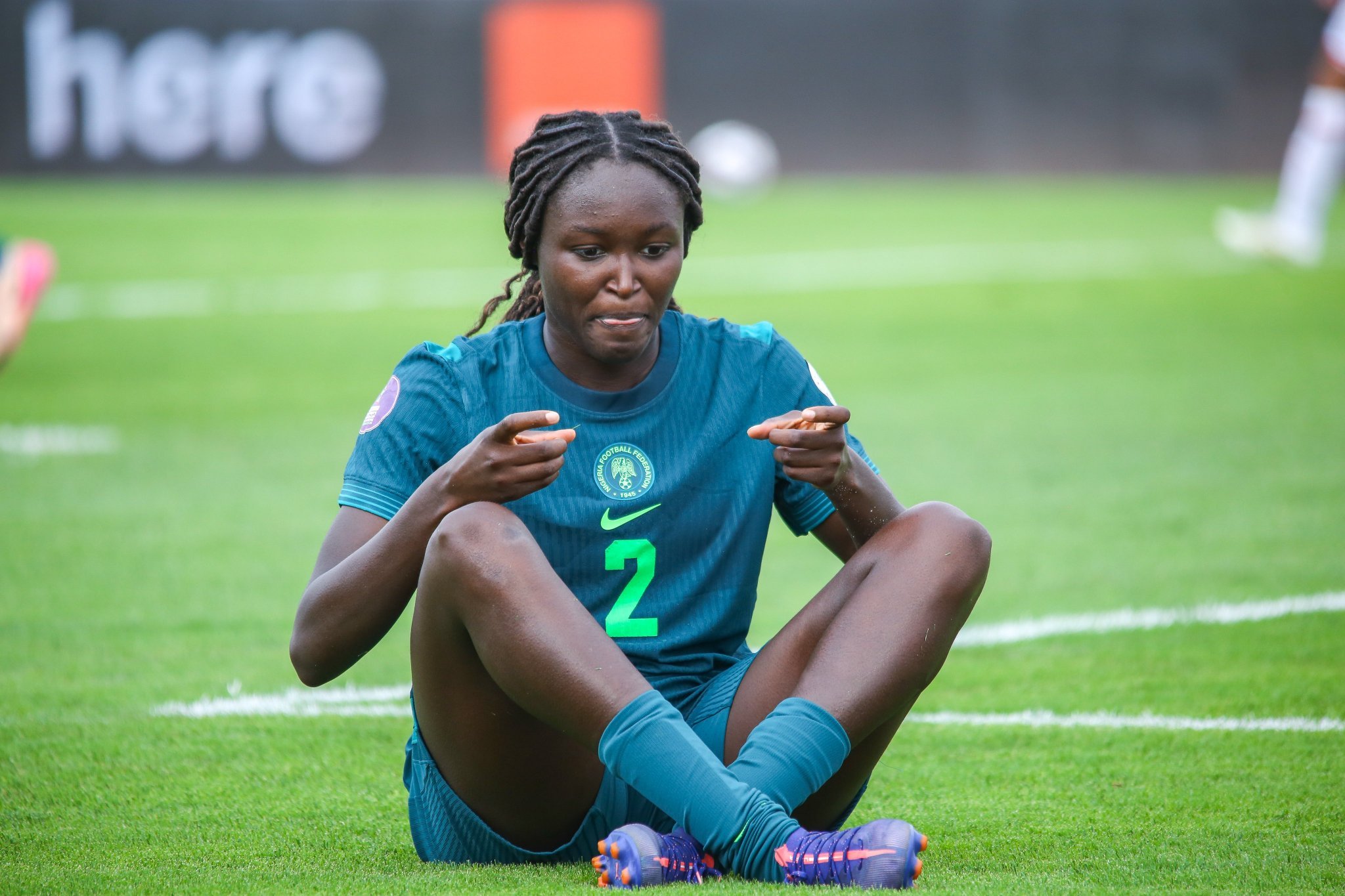Sandhya Sekar never intended to lead a newsroom.
Trained as an ecologist, with a Ph.D. in the sciences and a later pivot into journalism, she simply followed her curiosity—first as a writer, then as an editor, and eventually, as the founding program director of Mongabay India. In the process, she helped create one of the country’s most credible sources of environmental news: A lean, remote, and highly collaborative operation that has produced thousands of stories across India’s diverse ecological and social landscapes.
When Mongabay launched its India bureau in 2018, it was an experiment: Could a global environmental news outlet localize its journalism to a country as complex and varied as India? Sekar, then a former intern and freelance contributor, was selected to help answer that question—not from the sidelines, but from the center. As the bureau’s co-lead, she assumed responsibility for everything from staffing and fundraising to social media and strategic planning. And with her counterpart, editorial director Gopi Warrier, she’s helped guide the operation through its formative years.
Sekar’s path to journalism was shaped by dissatisfaction with academic silos. While completing her Ph.D. in ecology, she discovered that research alone could not satisfy her expansive curiosity about the natural world. Journalism offered a broader lens.
“I didn’t want to work on just one topic,” she recalls. “I wanted to explore multiple facets of environmental science—evolution, wildlife, animal behavior, and more. I also wanted to learn about what others were doing in the field, not just focus on my own research. Journalism seemed like the best way to stay engaged with all the topics that fascinate me.”
After retraining as a science journalist and interning with Mongabay, she returned years later to build something much bigger.
Her leadership style is both pragmatic and understated. Sekar’s work is mostly behind the scenes—hiring, planning, solving problems—but her influence is unmistakable. She is often the first point of contact for collaborators, donors, and global colleagues. Internally, she is the person the team turns to when something goes wrong.
“If they run into issues, they know I’ll help sort them out,” she says. That reliability, coupled with strategic clarity, has been a stabilizing force in a fast-growing organization.



Under Sekar’s leadership, Mongabay India has prioritized not just journalistic impact, but accessibility. One of her proudest achievements is the launch of Mongabay-Hindi, a project she championed after identifying the barriers English-language journalism posed for millions of Indian readers.
“We were already producing strong stories in English,” she says, “but I knew language was a major barrier in India. I wanted to address that, and launching Hindi was a key step.”
The Hindi site now has hundreds of original and translated stories, expanding the reach and relevance of Mongabay’s reporting.

Sekar is particularly adept at navigating the intersections of science, policy, and storytelling. A natural systems thinker, she considers the audience carefully—whether it’s a policymaker, donor, or forest dweller—and crafts narratives that resonate accordingly. Her approach blends hard data with lived experience, grounding the science in the real world. It’s a skill she has sharpened through years of practice and reflection, and it’s central to the Mongabay India ethos: Journalism that bridges divides—between people and nature, between languages, between the global and the hyperlocal.
Though reluctant to label herself a leader, Sekar has become a visible figure in a field where women are still underrepresented in senior roles. Team members have told her that her presence makes the organization more approachable, especially during hiring. She’s embraced that role, not as a symbol, but as a facilitator—someone who builds systems of trust and communication. Her frequent one-on-ones with team members aren’t just management exercises; they are acts of care.
What motivates her, she says, is a deep love for nature—but also for the people who study, protect, and live within it. Having grown up in rural southern India, Sekar retains a grounding in both ecological and social systems—something she believes is missing in many urban narratives. She hopes that through storytelling, these intersections can become less jarring, and more generative.
Mongabay India now stands as a model for what environmental journalism can be: rigorous, responsive, inclusive. And while Sekar rarely seeks the limelight, her fingerprints are all over its growth. In an age of fragmentation and noise, she offers a reminder that some of the most lasting work is done behind the scenes—and that leadership, at its best, is about making sure the team, the mission, and the story all move forward together.

Rhett Ayers Butler for Mongabay: Please introduce yourself and your position at Mongabay.
Sandhya Sekar: My name is Sandhya Sekar and I’m the Program Director at Mongabay India.
Mongabay: And what does your day-to-day work at Mongabay India look like?
Sandhya Sekar: I have an end to end overview of Mongabay India’s operations – from raising funds to posting on social media and working with collaborators.
On a day-to-day basis, I work closely with the editorial director and make sure that everything is running – stories are on track, staff are doing well and keep an eye on changes needed. I spend a lot of time in meetings—both internal, with the India and global teams and external, with donors and other collaborators.

Mongabay: What did you do before you joined Mongabay?
Sandhya Sekar: I did a bunch of things. I have an academic background—I completed a Ph.D. in ecology, and after that, a master’s in journalism. I worked as a freelance science journalist and was always interested in the environment. I started out writing and editing, but I’d say most of my professional growth has happened at Mongabay.
Mongabay: Why did you decide to get into journalism?
Sandhya Sekar: I’ve always been passionate about the environment. I started with a strong interest in science, which is why I did a Ph.D. But during that process, I realized I didn’t want to work on just one topic. I wanted to explore multiple facets of environmental science—evolution, wildlife, animal behavior, and more. I also wanted to learn about what others were doing in the field, not just focus on my own research. Journalism seemed like the best way to stay engaged with all the topics that fascinate me.


Mongabay: What was going through your mind when you applied for the Mongabay India position?
Sandhya Sekar: I’d been a longtime reader of Mongabay, and I was actually an intern during my master’s in journalism. So I already knew the people and the kind of work they did. I knew it would be a great place to work—somewhere where I could explore many interests. I didn’t think I’d get the job, but I was thrilled when I did.
Mongabay: So it seems like you’re one of Mongabay’s intern success stories. Can you speak to that?
Sandhya Sekar: Yes, I was doing my master’s in journalism, specializing in science journalism, when I interned with Mongabay. It was around 2013. The timing was perfect. I was able to write strong environmental stories from India, and publishing with Mongabay gave me the confidence to pitch to other outlets.
I was edited by both Jeremy and Morgan, who gave excellent feedback. I even ended up in the middle of a dispute between two scientists who were at odds—a great experience for a young journalist!


Mongabay: What do you like to do in your free time?
Sandhya Sekar: If I’m being honest, I don’t have much free time these days! But when I can, I love spending time in natural places — walking through agricultural fields or forest edges. I’m fortunate to live close to a forest, so I take long walks just to look around and listen. I listen to a lot of podcasts, and although I used to read more, I’m hoping to get back to that once my kids are a bit older.
Mongabay: What do you most enjoy about your work at Mongabay?
Sandhya Sekar: I really enjoy interacting with a variety of people for different purposes. I like doing the meetings and the write-ups. I especially enjoy telling others about the work Mongabay does—it gives me a sense of pride. We’ve earned a lot of respect and accomplished a great deal with a small, remote team. Sharing that story is very fulfilling for me.
Also, building something up from scratch, and watching it grow – while having a safety net in the larger Mongabay team – has been a very rewarding experience.
Mongabay: Why do you care about the issues Mongabay covers?
Sandhya Sekar: I grew up in a fairly rural part of southern India, so I’ve always felt connected to both nature and to different layers of society—connections I feel many of my peers didn’t have, and which are even rarer in my kids’ generation.
My parents’ generation straddled eras—they experienced existential struggles, which I heard from them while growing up. Through it all, I witnessed how people and green spaces coexisted in India, often in stark contrast. These contrasts are powerful and, I believe, need to be explored more through storytelling. If we can tell these stories well, maybe we can imagine a future where coexistence doesn’t have to be so jarring—where it can feel more natural and equitable.


Mongabay: What are you most proud of when it comes to your work?
Sandhya Sekar: My work is mostly behind the scenes, so I don’t have a specific story or series to point to. But what I’m very proud of is that the team knows they can rely on me. If they run into issues, they know I’ll help sort them out—and I’ve been able to do that consistently. That’s something I take a lot of pride in.
Mongabay: Is there a particular project or story Mongabay India has produced that you’re especially proud of? Something noteworthy or impactful?
Sandhya Sekar: The launch of Mongabay Hindi is very special to me. I did a lot of research before we decided to move forward with it, and I really believed in the idea. We were already producing strong stories in English, but I knew language was a major barrier in India. I wanted to address that, and launching Hindi was a key step.
Now, whenever we plan new projects—no matter how small—we always consider whether we can include both English-first and Hindi-first stories. This allows for more diverse perspectives to be brought into the mainstream, all as part of one cohesive effort.
Mongabay: What do you look for when building a team?
Sandhya Sekar: Before expanding the team, I like to think about where we want to go next. It starts with that vision—identifying the direction—and then defining the roles we need to get there. From there, it’s about finding the most appropriate people to fill those roles. Gopi and I have both been deeply involved in this at Mongabay India, and I think we’ve done well at finding candidates who fit beautifully into the team.


Mongabay: What are some of the lessons you’ve learned since starting Mongabay India?
Sandhya Sekar: One major lesson has been realizing that not all work results in a byline or public recognition. A lot of what I do is behind the scenes, and coming to terms with the importance of that kind of work has been a personal learning.
I’ve also learned how to tell stories in ways that resonate with different audiences—whether they’re policymakers, collaborators, or donors. I like using a mix of data and anecdotes to craft compelling narratives. That’s been a really valuable skill to develop.
Mongabay: Is there any advice you’d give to someone who wants to follow a similar path?
Sandhya Sekar: My advice would be to keep your mind open and not limit yourself to traditional roles. I’ve moved around quite a bit, and I now feel that I’ve found a role that fits me well—and that the role has evolved to suit me, too. That kind of alignment happens over time, and you have to let it unfold naturally. Keeping an open mind is essential.

Mongabay: You’ve become a prominent leader as the head of Mongabay India. Do you have any reflections on leadership?
Sandhya Sekar: To be honest, I never really thought of myself as a “woman in leadership” until others pointed it out. People have told me they find it reassuring and encouraging to have a woman in this role. They’ve said I’m approachable, that they feel comfortable coming to me with anything, and they trust I’ll act in their best interest.
I don’t know if that’s necessarily a gendered trait, but it has come up repeatedly—especially during hiring. Some candidates have told me they felt more at ease because there was a woman interviewing them.
In my day-to-day work as a leader, I do a lot of one-on-ones with the team. Again, I don’t know if that’s a gender-specific approach, but I do believe it’s strengthened my impact and relationships across the team.

Mongabay: What motivates you?
Sandhya Sekar: At the core, it’s a deep love for the natural environment. But over time, I’ve also come to appreciate the human elements more. And by that, I don’t just mean the human subjects of our stories—I mean the scientists we talk to, the team members I work with.
I enjoy learning from different people and helping ensure that Mongabay India’s stories capture both the environmental and human dimensions effectively.
This story first appeared on Mongabay












![Hajir v Republic (Criminal Revision E061 of 2025) [2025] KEHC 9466 (KLR) (1 July 2025) (Ruling)](./public/placeholder.png)